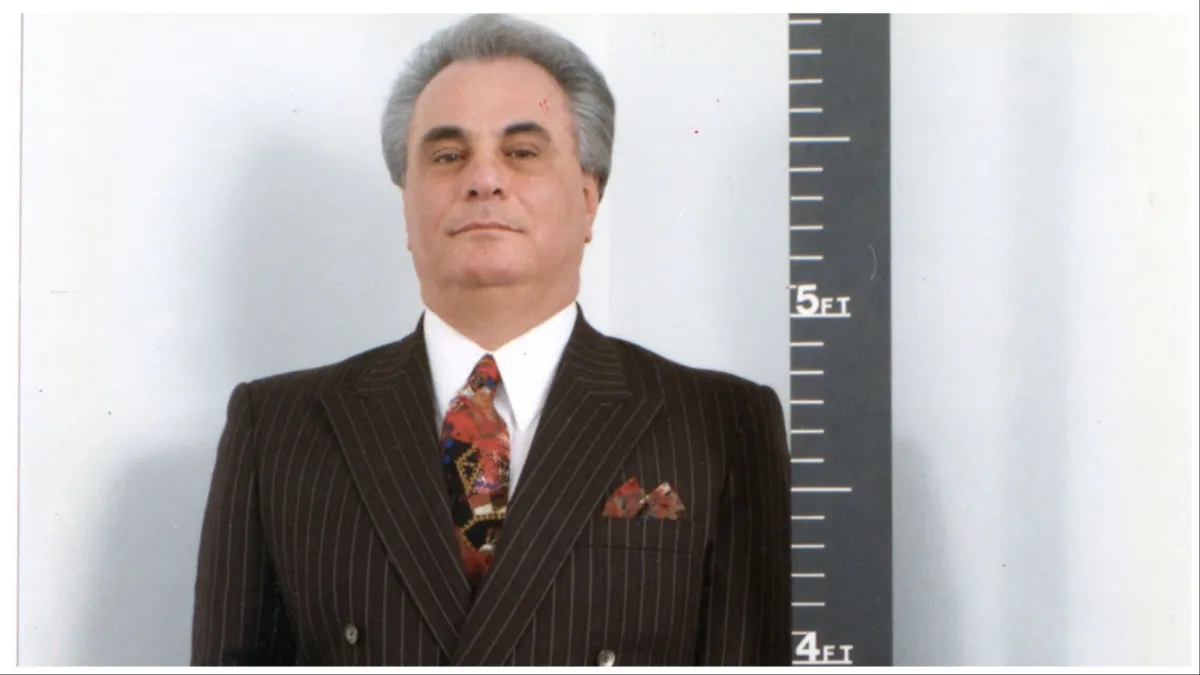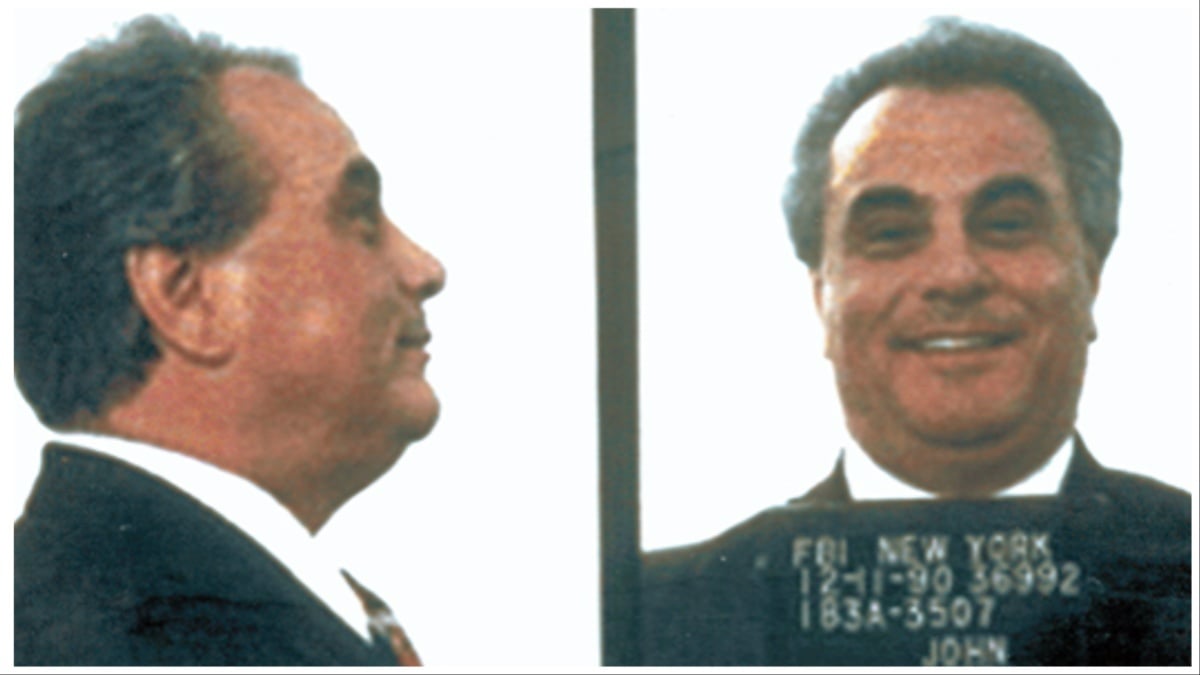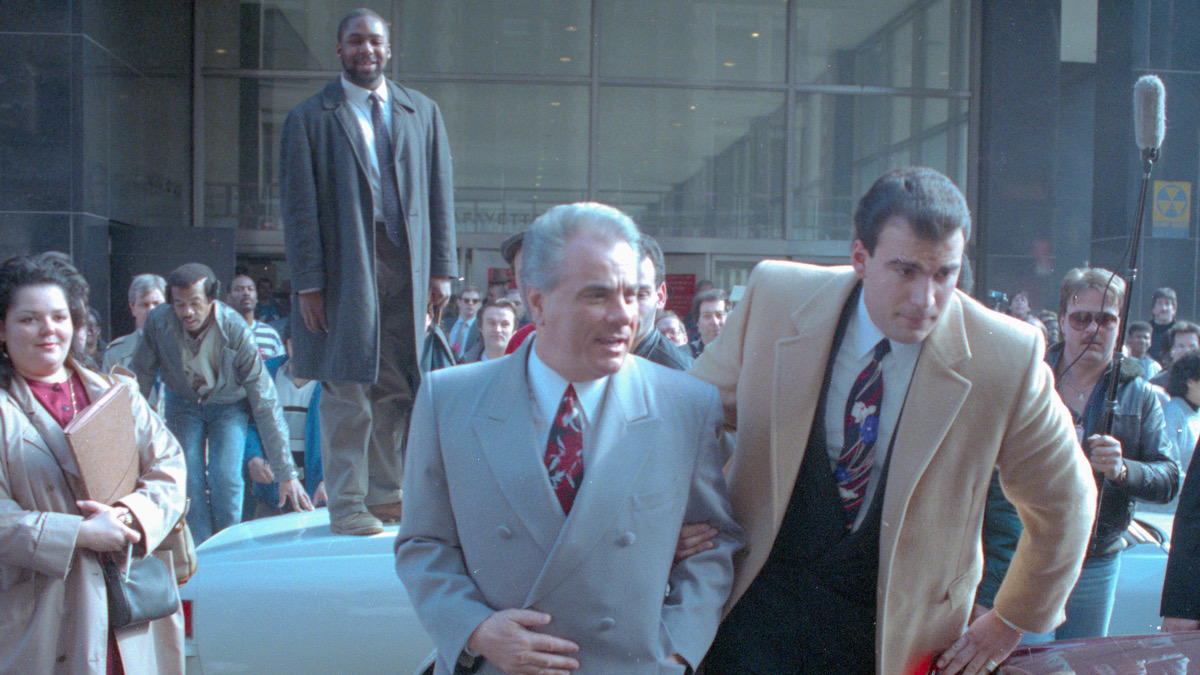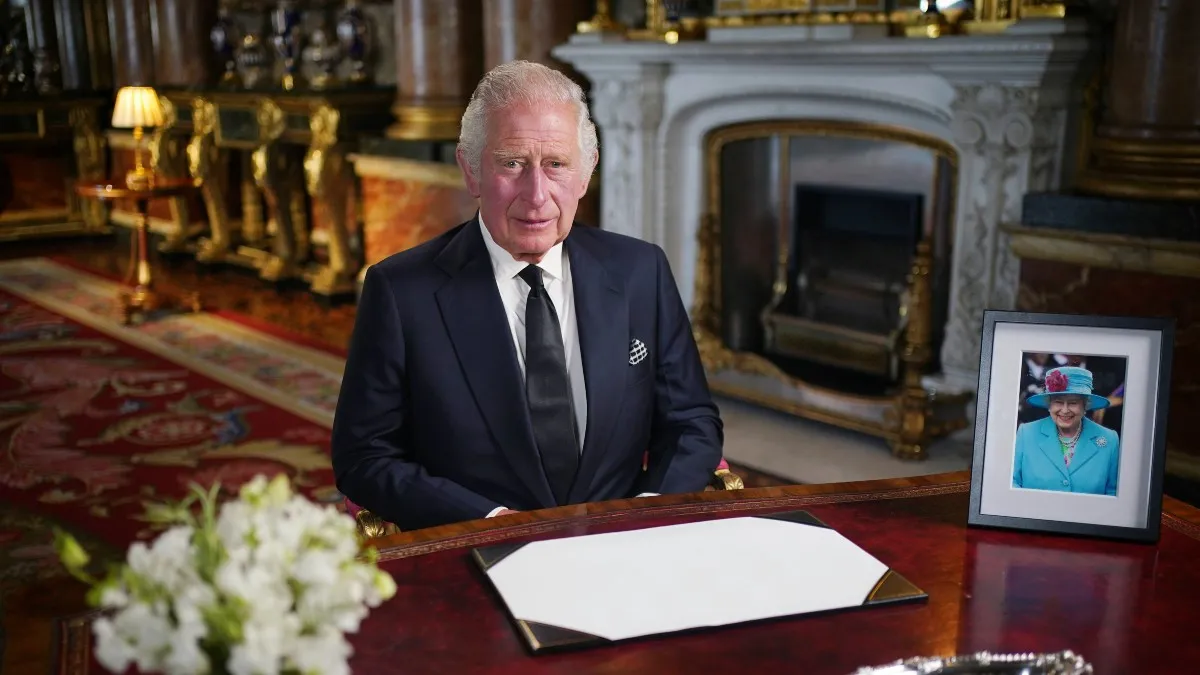Some names are ubiquitously linked forever in history to their chosen profession. We will always remember Abraham Lincoln as a president, Ronald McDonald as a clown, and John Gotti as one of the most famous mobsters of all time.
Gotti, a bonafide celebrity during his heyday, was called “The Dapper Don” by the press. He wore the most expensive suits, threw the biggest, most lavish parties, and ran New York’s Five Families with an iron fist — until his underlings turned on him and ratted him out to authorities, ending one of the most unique reigns in mob history, and providing fodder for generations of organized crime stories.
The lore of the Five Families has an enduring part of modern American culture. Films like The Godfather, Goodfellas, and the HBO smash The Sopranos all surround themselves in the aura of the modern gangster. Rappers like Jay-Z also helped to spread the aura by name checking Gotti in verses.
However you spin it, John Gotti made an indelible mark on society, whether it be police methods in cracking down on organized crime, or spending insane amounts of money to live a certain lifestyle or simply by murdering anyone who got in his way.
He didn’t start out that way, though. Let’s take a look at the rise and fall of America’s own John Gotti.
Who is John Gotti?

The so-called “Teflon Don,” John Gotti was born in the South Bronx, New York on October 27, 1940. He came from an exceptionally large family – the fifth of 13 children.
His parents were Italian immigrants. His father John worked as a day laborer and was often unemployed. By the time Gotti was 12, his parents had settled in the East New York section of Brooklyn. At the time, East New York was rife with youth gangs, and Gotti’s pugilistic nature saw him quickly rise through the ranks.
Soon, he was the leader of a youth gang called the Fulton-Rockaway Boys. Professional mobsters would hang outside of storefronts in the area, and Gotti ran errands for the Carmine Fatico, a captain in the Gambino Crime Family. Eventually he met Aniello Dellacroce, who would mentor him in the ways of organized crime.
He dropped out of Franklin K. Lane High School when he was 16, and just two years later he landed on police radar as a low-level associate in the Fatico crew. The next eight years saw multiple arrests: for stealing cars, for being drunk in public and for fighting in the street with other gangs.
None of the offenses in his nine recorded arrests from that era landed him in jail for more than six months. In 1968, he was caught by the Federal Bureau of Investigation (FBI) committing cargo theft and hijacking trucks new Kennedy International Airport.
He pleaded guilty to lesser charges along with with his brother Gene and his childhood accomplice Angelo Ruggiero, and served three years in prison. When he got out, he got a break. Fatico moved from East New York to a storefront in Queens called the Bergin Hunt and Fish Club, and under heat from authorities decided to “retire” for a while and named Gotti temporary leader.
How did John Gotti Rise to the Top of the Five Families?

Now an acting crew chief after his promotion, Gotti got to frequently meet face to face with Aniello Dellacroce, an underboss in the Gambino family. Dellacroce took Gotti under his wing, and mentored him in the ways of the gun and organized crime at the highest levels.
When a nephew of family leader Carlo Gambino was kidnapped and murdered, Gotti was handed the important job of getting revenge. Through intel gained from the streets, a name emerged: stick up man James McBratney. McBratney was murdered outside a bar in Staten Island by three assailants.
Witnesses picked Gotti and Ruggiero from photographs and after being on the lam for a year, Gotti was captured. In a very impressive deal by lawyer Roy M. Cohn, both men pleaded guilty to lesser charges of attempted manslaughter. They served four years.
Gotti’s time in prison is also stuff of legend. He spent his time lifting weights and enjoying perks, like access to better food and more free time. He would often leave prison and visit his home on Howard Beach in Queens or restaurants in the city, where he met with other members of the families.
While Gotti was in prison in 1976, family boss Carlo Gambino passed away. By rules of succession, Gotti’s mentor Dellacroce was supposed to move to the top spot, but Gambino instead picked his brother-in-law Paul Castellano to run things.
Dellacroce was given control of 10 of the 23 gangs as a consolation prize, and inadvertently created two warring factions, leaving a path for Gotti’s eventual ascendence to the throne. When Gotti got out of prison in 1977, he was muscular, with a barrel-chest and broad shoulders. Dellacroce then appointed him a capo of the Bergin organization.
The next few years saw Gotti become a target of federal officers, and a phone tap was installed in the Bergin club, where Gotti ran his operations. Two of Gotti’s underlings, his brother and Ruggiero, were indicted on heroin charges. This infuriated Castellano, who prohibited drug activity due to fear of attracting too much attention from Feds. He blamed Gotti for his crew’s actions.
Gotti asked his mentor to talk to Castellano and smooth things out, but he died of cancer on Dec. 16, 1985. Two weeks later, Castellano and his associate Thomas Billotti were murdered in front of popular mafia hangout Sparks Steak House in Manhattan.
Gotti watched the shootings from a parked car nearby to make sure everything went according to plan, and all of sudden he was the head of the Gambino Crime Family. Two things happened next that helped skyrocket Gotti’s reputation and made him seem invincible to the public.
First, Gotti stood trial for allegedly slapping a refrigerator repairman named Romual Piecyk and stealing $325 from him. In court, Piecyk, tense on the stand, could not identify Gotti and the charges were dismissed.
Then in 1986, he and associates were accused using the Racketeer Influenced and Corrupt Organizations Act (RICO) but got off, and later the jury foreman was convicted of accepting a bribe. The defeat cemented the newly-minted Teflon Don, so named because no charges would stick.
What followed was one of the most successful crime family periods ever. He would taunt detectives on stakeouts, and set up shop at the Bergin club, where he got a barber’s chair put in, and he would get his hair done daily.
He met with capos four or five times a week, something that the FBI noticed and exploited with wiretaps. At its height, the Gambino family brought in about $500 million a year, which would be a billion and a half in today’s money.
His organization got more and more advanced, extorting pensions and stealing gasoline excise taxes. They even dabbled in stocks fraudulently. While some criminals shied away from the press, Gotti seemed to embrace it. At his peak, he wore $2,000 double breasted suits and $400 hand-painted silk ties.
In court and on paper, he claimed his fortune came from his job as a plumbing supply salesman, where he earned $100,000 a year. He also said he worked with a garment accessories firm. He reportedly personally made between $10 million and $12 million a year from mob-related activities.
By 1992, it would all be over.
How did John Gotti get captured and convicted?
Gotti and his associates were arrested in December of 1990 at the Ravenite Club. In addition to the wiretaps, authorities had a secret weapon: Gotti’s right hand man, Salvatore Gravano, flipped and turned informant for the feds.
Gotti was convicted of all 13 counts against him, including a RICO charge that included five murders and charges related to gambling, tax fraud and obstruction of justice, to name a few. He smirked and declined to speak as he was sentenced to life in prison.
Gotti appointed his eldest son John A. Gotti, or Junior, as his successor. Junior pleaded guilty to racketeering charges in 1999 and served six years, effectively ending the Gotti era.
Gotti died in the federal prison hospital in Springfield, Mo. on June 10, 2002, of throat cancer.







